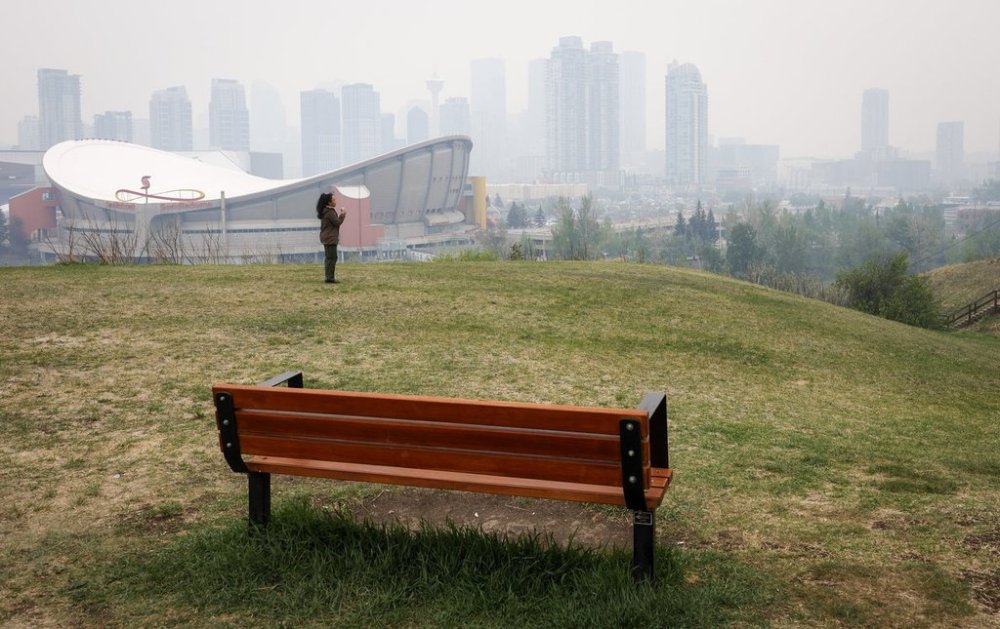Air quality warnings in effect in most of Alberta, western Saskatchewan
Advertisement
Read this article for free:
or
Already have an account? Log in here »
To continue reading, please subscribe:
Monthly Digital Subscription
$0 for the first 4 weeks*
- Enjoy unlimited reading on winnipegfreepress.com
- Read the E-Edition, our digital replica newspaper
- Access News Break, our award-winning app
- Play interactive puzzles
*No charge for 4 weeks then price increases to the regular rate of $19.00 plus GST every four weeks. Offer available to new and qualified returning subscribers only. Cancel any time.
Monthly Digital Subscription
$4.75/week*
- Enjoy unlimited reading on winnipegfreepress.com
- Read the E-Edition, our digital replica newspaper
- Access News Break, our award-winning app
- Play interactive puzzles
*Billed as $19 plus GST every four weeks. Cancel any time.
To continue reading, please subscribe:
Add Free Press access to your Brandon Sun subscription for only an additional
$1 for the first 4 weeks*
*Your next subscription payment will increase by $1.00 and you will be charged $16.99 plus GST for four weeks. After four weeks, your payment will increase to $23.99 plus GST every four weeks.
Read unlimited articles for free today:
or
Already have an account? Log in here »
Smoke in much of Alberta and western Saskatchewan caused very poor air quality Tuesday, while wildfires continued to rage in Canada’s North.
Environment Canada had issued air quality warnings for regions of both Prairie provinces, saying smoke from wildfires in northern Saskatchewan and the Northwest Territories is also reducing visibility in some areas.
Scientist Christy Climenhaga with the weather office said the smelly haze is expected to last later into the week, but southerly winds should provide a reprieve for southern Alberta and parts of Saskatchewan.

“There is a lot of smoke out there,” Climenhaga said.
“We are starting to see things improving a little bit in Saskatchewan, but Alberta’s still seeing quite a bit of poorer quality.”
She said those most at risk, including adults age 65 and up, babies and people with pre-existing health conditions, should avoid strenuous activities.
They should also seek medical help if they experience anything like eye, throat and nose irritation, coughing or chest pains.
“When you see smoke to this extent, when you have air quality health index values of 10 or 10 plus, you really want to be limiting your time outside as much as you can and keeping your doors and windows closed,” Climenhaga said.
The warning comes as wildfires in the Northwest Territories, including one not far from the hamlet of Fort Providence, forced hundreds to flee their homes.
The fire southwest of Yellowknife has so far scorched 1,020 square kilometres of land.
RCMP said on social media that officers are conducting patrols in Fort Providence, but calls for service from those who remain in the community of 600 are hindering firefighting efforts.
“The safety of residents is our top priority and we urge those who have not yet evacuated to do so immediately,” Mounties said Tuesday.
A wildfire near the First Nations community of Whati, northwest of Yellowknife, has also forced out the 500 residents living there.
This report by The Canadian Press was first published Sept. 2, 2025.
— By Jeremy Simes in Regina

